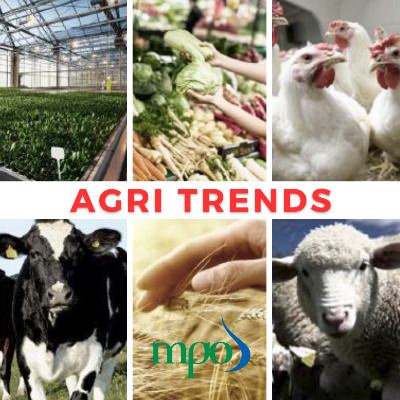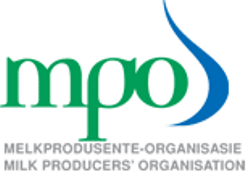
Broiler imports from Europe decline due to bird flu
As a result of the bird flu outbreaks in the EU towards the end of 2016, imports from this region were restricted. After that, Brazil has on average been the main country of origin for South African broiler imports, followed by the US. It is however important to note that the bulk of the imports from Brazil are mechanically deboned chicken, with these products accounting for up to 60%. US imports of frozen bone in portions resumed in January 2016. Under the terms of the AGOA agreement. The US may export 65 000 tons of bone-in frozen chicken per annum, free from anti-dumping duties (cycle April to March). As a result of this agreement, broiler imports from the US tend to significantly increase for the months towards the 31st of March, as exporters are rushing to use up the remaining quota by the end of March each year. Recently, the strengthening Rand lowered the import price for broiler meat. A weakening Rand usually assist the protection of the industry against competing less expensive imports.
Highlights
Grains
- A new lower tariff triggered on the 13th February at R394.90/ton, which ought to replace the current tariff of R716.30/ton. It takes up to six to 12 weeks for a new tariff to be published. Thus, dry land wheat producers in both the Western Cape and Free State can be impacted negatively when the new tariff is published during their preparations for the next wheat plantings in May.
• The local maize market came under pressure this week. Both white and yellow maize traded at the lowest levels by Thursday 15 February 2018. White maize closed below R1900/ton for the 1st time.
Oilseeds
• South Africa remains a net importer of oil cake and vegetable oil. A stronger Rand may lead to lower derived prices for oil and oil-cake.
Livestock
- Poultry
The bird flu outbreak negatively impacted production trend and number of laying hens. - Pork
The pork industry started the year with a bearish tone. There is an indication of plentiful supplies in the market, which is weighing on the market. The recent strength in the South African Rand is expected to weigh on pork prices. This strength in currency lowers import prices, and therefore encourages increased imports.
Fibre
- Wool
About 52.5 million kg of wool was produced during the 2016/17 season, which is one of the best in over a decade. Prices also increased to reach very high levels in 2017. For the 2017/18 season, dry conditions are expected to lead to a decline in production by roughly 7%.
Published on Monday, 19th February 2018 - 07:58
Recent Posts
disclaimer









